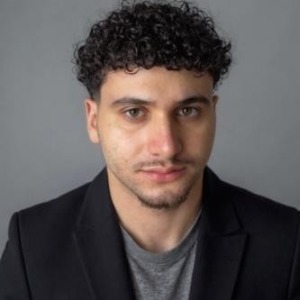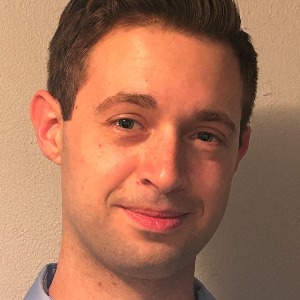Sacrococcygeal Ligament
The Sacrococcygeal Ligament is a fibrous band that connects the sacrum, the triangular bone at the base of the spine, to the coccyx, the small, triangular bone at the bottom of the spine. In orthopaedics, this ligament is relevant in the context of sacrococcygeal joint stability and function. While the sacrococcygeal joint is generally limited in terms of movement, injuries or hypermobility in this region can contribute to pain and discomfort. Orthopedic specialists may evaluate the sacrococcygeal ligament, along with surrounding structures, to assess issues related to lower back pain, pelvic stability, and coccydynia (pain in the coccyx). Conditions affecting the sacrococcygeal ligament may result from trauma, childbirth, or degenerative changes. Orthopedic assessments often involve clinical examinations, imaging studies, and consideration of the patient's medical history to identify the cause and extent of ligamentous issues.
Treatment approaches for sacrococcygeal ligament-related problems in orthopaedics may include conservative measures such as rest, physical therapy, and the use of cushions for sitting comfort. Severe cases might require more invasive interventions or surgical procedures to address persistent pain or instability, emphasizing the importance of understanding the anatomy and function of the sacrococcygeal ligament in orthopedic practice.

Stephen S Tower
University of Alaska Anchorage, United States
Marcos Brioschi
American Academy of Thermology, United States
Wagih El Masri
Keele University, United Kingdom
Akash Ganguly
Warrington and Halton Hospitals NHS FT, United Kingdom
Hussein Jaber
University of Cambridge, United Kingdom




Title : Knotless suture repair for chronic lateral ankle instability: A systematic review & single- arm meta-analysis
Hussein Jaber, University of Cambridge, United Kingdom
Title : The UK profemur recall and implant cobaltism
Stephen S Tower, University of Alaska Anchorage, United States
Title : The tomographic phenotype and the genotype of wormain bones
Ali Al Kaissi, National Ilizarov Medical Research Center for Traumatology and Orthopaedics, Russian Federation
Title : Total Knee Arthroplasty (TKA) in hemophilic arthropathy: Modern outcomes and perioperative strategies
Jack Russek, Touro University California, United States
Title : Musculoskeletal and orthopedic implications of Gender-Affirming Hormone Therapy (GAHT): A PRISMA-Guided systematic narrative review
Jack Russek, Touro University California, United States
Title : New treatment of muscle contracture and joint contracture through muscle regeneration with mitochondrial dynamics
Ki Ji Lee, Busan Medical University, Korea, Republic of